Accepted Scientific Name: Matucana haynei subs. myriacantha (Vaupel) Mottram
Cactaceae Consensus Init. 3: 11. 1997
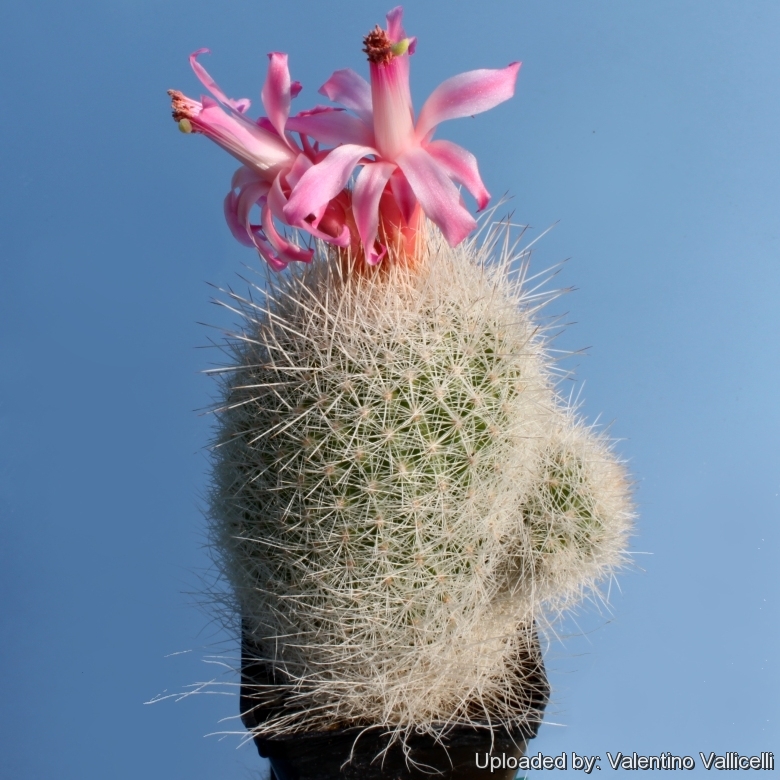
Matucana myriacantha f. roseoalba Photo by: Valentino Vallicelli
The dense cream coloured spines cover almost completely the plants body. The flowers are glossy pink and white, tubular and zigomorphyc.
Origin and Habitat: Peru (Cajamarca and Amazonas) at elevation above 200 m.
Synonyms:
See all synonyms of Matucana haynei
Description: Matucana myriacanthaSN|1080]]SN|15993]] f. roseoalba is one of the geographical form of the widespread and morphologically variable Matucana hayneiSN|15993]]SN|1080]]. Many of its morphological and geographical variant was early classified as different independent species, but nowadays all this plant are considered part of a multiform species, where each form is linked to others by populations of plants with intermediate characteristics. Matucana myriacanthaSN|1080]]SN|15993]] f. roseoalba is clearly part of the Matucana hayneiSN|15993]]SN|1080]] group, and distinguishes from the type for the spectacular pink and white flowers.
Stem: Globular or slightly cylindrical approx 8 cm tall
Spines: Very numerous that cover completely the epidermis,.
Radial spines: 20-25 (or more) bristly flexible, short white or creaminess-yellow with a darker tips.
Central spines: 1-10 creamish, yellowish to pale orange-pink, stouter and acicular.
Flowers: Glossy pink and white tubular and zigomorphyc.
Blooming season: Throughout late Spring or early Summer often in several flushes over a long period.
More...Subspecies, varieties, forms and cultivars of plants belonging to the Matucana haynei group
 Matucana comacephala F.Ritter: (subs. myriacantha) has solitary globular to cylindrical stems with cream-coloured spines and large pink to sometimes orange-red blossoms. Distribution: Ancash, Cordillera blanca, Peru.
Matucana comacephala F.Ritter: (subs. myriacantha) has solitary globular to cylindrical stems with cream-coloured spines and large pink to sometimes orange-red blossoms. Distribution: Ancash, Cordillera blanca, Peru.  Matucana crinifera F.Ritter: (subs. haynei) stem densely covered by yellowish-white, hair-like spines and showy blossoms, white at the bottom pinkir to red on top. Distribution: Machac, Ancash, Peru.
Matucana crinifera F.Ritter: (subs. haynei) stem densely covered by yellowish-white, hair-like spines and showy blossoms, white at the bottom pinkir to red on top. Distribution: Machac, Ancash, Peru. Matucana crinifera f. cristata hort.: (subs. haynei) Crested form.
Matucana crinifera f. cristata hort.: (subs. haynei) Crested form. Matucana haynei (Otto) Britton & Rose: (subs. haynei) has stems to 30 cm high and at least 30 spines: Distribution: Matucana.
Matucana haynei (Otto) Britton & Rose: (subs. haynei) has stems to 30 cm high and at least 30 spines: Distribution: Matucana.- Matucana haynei subs. herzogiana (Backeb.) Mottram: usually less than 10 cm high with relatively few, more or less curved, setaceous spines. Distribution: Cordillera Negra.
- Matucana haynei subs. hystrix (Rauh & Backeb.) Mottram: has cylindrical stems to 30 cm high, 4 distinct dark brown central spines, and numerous radials. Distribution: Nazca, Ica, and Lucanas, Ayacucho.
 Matucana haynei subs. hystrix var. atrispina Rauh & Backeb.: like Matucana haynei subs. hystrix but with more robust blackish spines, ash-grey and conspicuously swollen at the base. Distribution: Nazca to Lucamas and adjacent areas, southern Peru.
Matucana haynei subs. hystrix var. atrispina Rauh & Backeb.: like Matucana haynei subs. hystrix but with more robust blackish spines, ash-grey and conspicuously swollen at the base. Distribution: Nazca to Lucamas and adjacent areas, southern Peru.- Matucana haynei subs. myriacantha (Vaupel) Mottram: has very short stems, rarely more than 8 cm high, and as many as 10 central spines and 25 radials. Distibution: above Balsas, Cajamarca.
 Matucana herzogiana var. perplexa Backeb.: similar to Matucana haynei subs. herzogiana, but with more numerous and longer spines. The flowers are bright red and zygomorphic. Distribution: Cordillera Negra, Peru
Matucana herzogiana var. perplexa Backeb.: similar to Matucana haynei subs. herzogiana, but with more numerous and longer spines. The flowers are bright red and zygomorphic. Distribution: Cordillera Negra, Peru Matucana multicolor Rauh & Backeb. in Backeb.: has multicoloured spination. The central spines ranges from amber, to black-brown, to black-violet, or nearly white. Distribution: Nazca-Puquio road at about 4,100m ASL.
Matucana multicolor Rauh & Backeb. in Backeb.: has multicoloured spination. The central spines ranges from amber, to black-brown, to black-violet, or nearly white. Distribution: Nazca-Puquio road at about 4,100m ASL.  Matucana myriacantha f. roseoalba (hort., F.Ritter) Lodé: (subs. myriacantha) has dense cream coloured spines cover almost completely the plants body. Flowers are glossy pink and white, tubular and zigomorphyc.
Matucana myriacantha f. roseoalba (hort., F.Ritter) Lodé: (subs. myriacantha) has dense cream coloured spines cover almost completely the plants body. Flowers are glossy pink and white, tubular and zigomorphyc. Matucana variabilis Rauh & Backeb. in Backeb.: (subs. haynei) It has thin variable spines (cream to amber coloured) suggesting the epithet. Distribution: Ancash, Peru.
Matucana variabilis Rauh & Backeb. in Backeb.: (subs. haynei) It has thin variable spines (cream to amber coloured) suggesting the epithet. Distribution: Ancash, Peru. Matucana villarica n.n.: Brewster County, Texas, USA.
Matucana villarica n.n.: Brewster County, Texas, USA. Matucana yanganucensis Rauh & Backeb. in Backeb.: (subs. haynei) Same as Matucana haynei.
Matucana yanganucensis Rauh & Backeb. in Backeb.: (subs. haynei) Same as Matucana haynei.
Bibliography: Major references and further lectures
1) Edward Anderson “The Cactus family” Timber Press, Incorporated, 2001
2) Nathaniel Lord Britton, Joseph Nelson Rose “Cactaceae: Descriptions and Illustrations of Plants of the Cactus Family” vol. 4 The Carnegie Institution of Washington, Washington 1923
3) James Cullen, Sabina G. Knees, H. Suzanne Cubey "The European Garden Flora Flowering Plants: A Manual for the Identification of Plants Cultivated in Europe, Both Out-of-Doors and Under Glass" Cambridge University Press, 11/Aug/2011
4) David R Hunt; Nigel P Taylor; Graham Charles; International Cactaceae Systematics Group. "The New Cactus Lexicon" dh books, 2006 ISBN 0953813444, 9780953813445
More...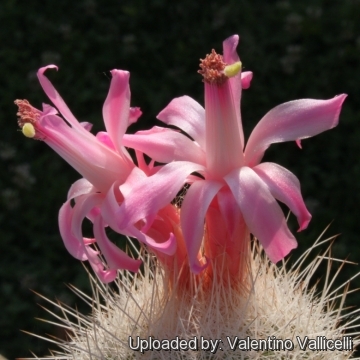 Matucana myriacantha f. roseoalba Photo by: Valentino Vallicelli
Matucana myriacantha f. roseoalba Photo by: Valentino Vallicelli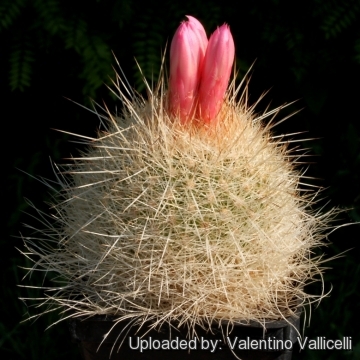 Matucana myriacantha f. roseoalba Photo by: Valentino Vallicelli
Matucana myriacantha f. roseoalba Photo by: Valentino Vallicelli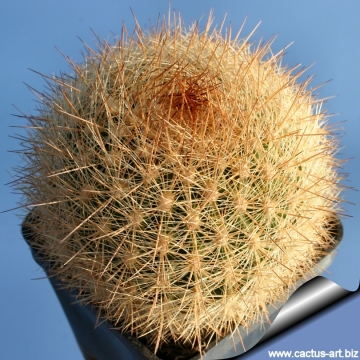 Matucana myriacantha f. roseoalba Photo by: Cactus Art
Matucana myriacantha f. roseoalba Photo by: Cactus Art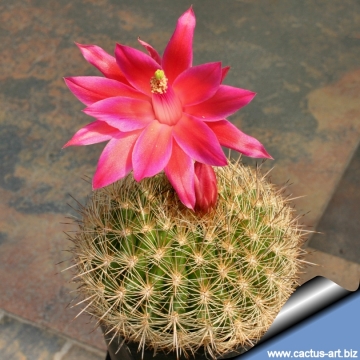 Matucana myriacantha f. roseoalba Photo by: Cactus Art
Matucana myriacantha f. roseoalba Photo by: Cactus Art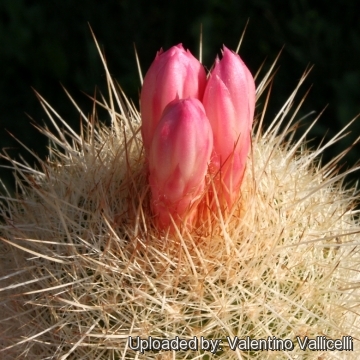 Matucana myriacantha f. roseoalba Photo by: Valentino Vallicelli
Matucana myriacantha f. roseoalba Photo by: Valentino Vallicelli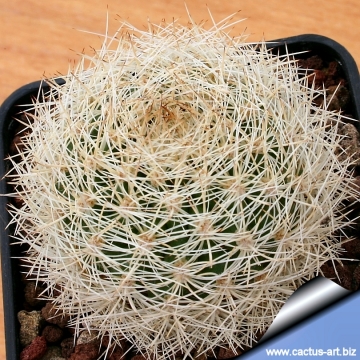 Matucana myriacantha f. roseoalba Photo by: Cactus Art
Matucana myriacantha f. roseoalba Photo by: Cactus Art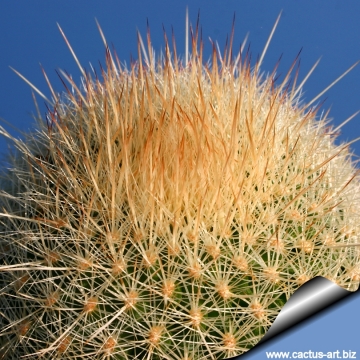 Matucana myriacantha f. roseoalba Photo by: Cactus Art
Matucana myriacantha f. roseoalba Photo by: Cactus Art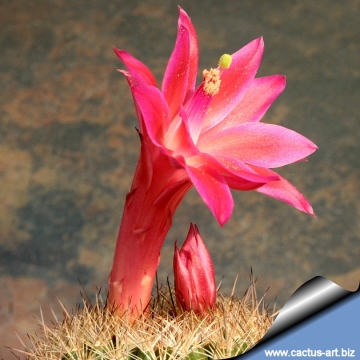 Matucana myriacantha f. roseoalba Photo by: Cactus Art
Matucana myriacantha f. roseoalba Photo by: Cactus ArtCultivation and Propagation: Matucanas grow slowly in their natural habitats, but in greenhouses they grow quickly. They need a minimum temperature of 5° C, but may to survive a light frost. Direct sun is beneficial in order to get a good spine coloration.
Grow in rich, porous soil and let the soil dry out between waterings. It needs good drainage and a deep pot to accommodate its tap root
Repot in the spring when the roots become cramped. Generally, these plants should be re-potted every other year, in order to provide fresh soil. However, this doesn't necessarily mean they'll need larger containers. After repotting, do not water for a week or more.
Propagation: Seeds.
More...



















